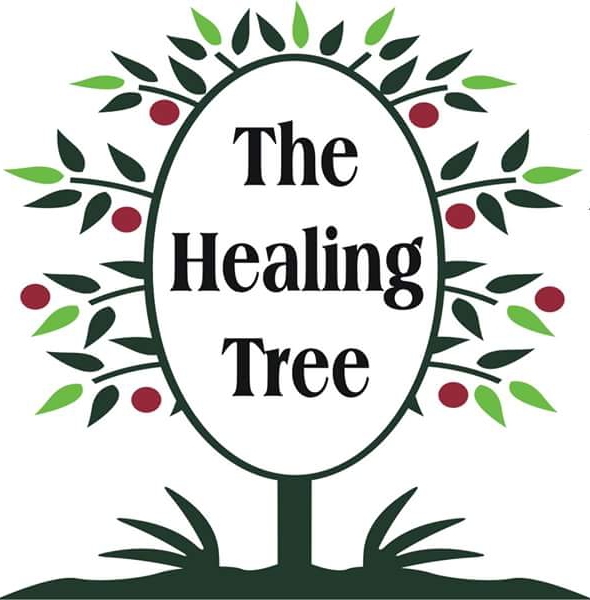Stress
*Stress-A stressor is anything which creates a demand on the mind/body system and thus causes the system(s) to compensate or adapt to maintain homeostasis.
Stress is not necessarily bad. Many positive events in life can cause stress. Certain types of stress are necessary to maintain life and health.
The human body has many ways of responding to stress, including increased muscular tension. This increase of tension in the muscles and the edema can also place pressure and stress on nerves and other pain sensitive structures. When these things happen, fatigue, irritation and pain occur. If the pain goes on untreated, the body will try to adapt to the condition. Eventually, the adaptive capabilities of the tissues will become exhausted and degenerative changes can take form, such as arthritic joint changes and/or chronic soft tissue dysfunction.
Society is beginning to realize that stress, particularly chronic stress is playing a major role in the development of a wide variety of health disorders. Stress is especially linked to many of the chronic degenerative diseases sometimes referred to as “afflictions of civilization”. Some conditions which have been linked to stress include hypertension (high blood pressure), arteriosclerosis (hardening of the arteries by plaque buildup), migraine, cancer, arthritis, respiratory diseases (bronchitis, emphysema), autoimmune disorders, allergies, gastrointestinal conditions, psychological disorders (depression, schizophrenia, anxiety), substance abuse and chronic syndromes.
Stress on soft tissues include disuse, misuse, overuse and abuse. Massage was probably one of the first instinctive treatments used by humans to relieve pain and discomfort. Massage tends to reduce anxiety and tension. It has also been shown to be useful in relieving depression, fatigue and can also enhance your sense of well-being. Massage may also help facilitate the expression of emotions by releasing chronic tension patterns associated with “armoring”. Massage stretches tissues and influences certain types of scar tissue. Massage relaxes muscles, relieves muscle spasms/cramping and increases range of motion. Massage increases blood and lymph circulation inside of the soft tissue which promotes better nutrition and waste removal. Massage has many of the same physiological effects as exercise and can be used to avoid or lessen many of the negative effects associated with forced inactivity.
Be well!
Meagan E. Harris; LMT
Owner/Operator
